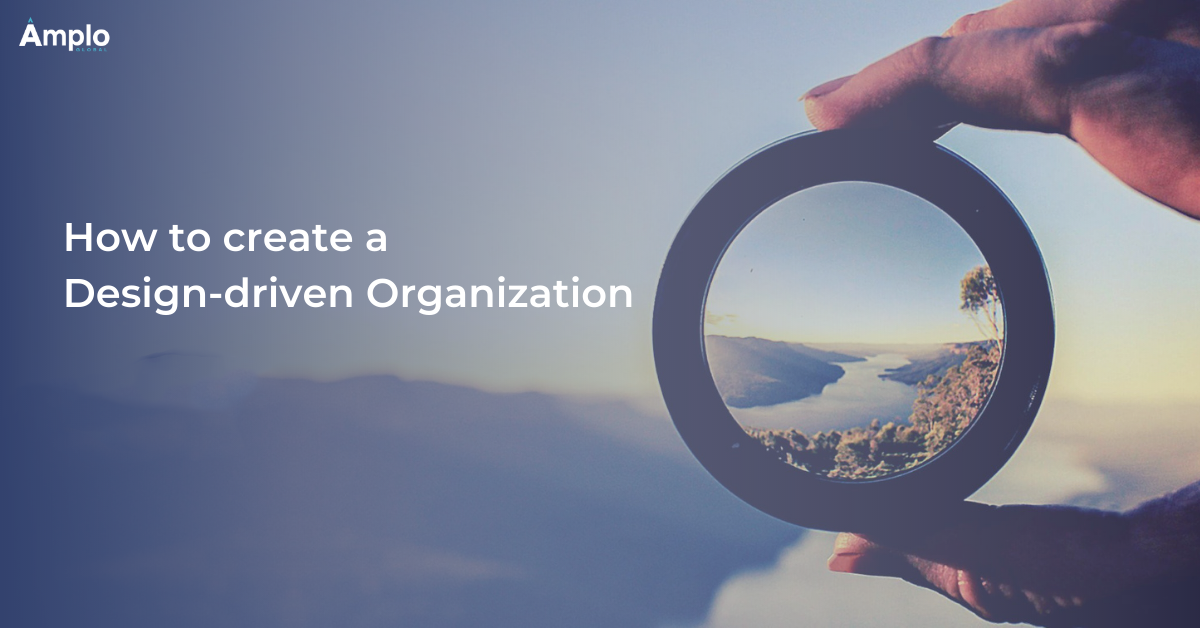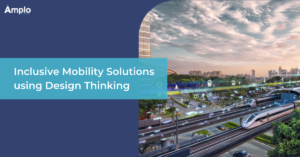Design Driven Company: 100% Success of Organizational Transformation
The word “culture” invariably means different things to different organizations. Successful companies are usually those that strive to build a culture that genuinely places customers above everything else. They have a culture reinforcing design mindset.
As McKinsey states, it is not enough to just sell a product or a service — companies must truly engage with their customers. And here, design can be the tool that transforms “the way companies do business, hire talent, compete, and build their brand”.
Experiences Matter
Customers are increasingly not just buying into your products, but also the experiences that go with the products. In fact, customer experience has become the crucial differentiator that determines whether a company succeeds or fails.
Provide a great experience, and you would have earned yourself a loyal customer. Provide a mediocre experience and chances are that you have lost the customer forever. Not just the customer, but perhaps those in their social media circle, too.
The difference with design-driven companies is that they go far beyond understanding what customers want to truly uncovering why they want it. Employees at these companies bring empathy to their interactions with customers; they listen and learn how people actually use and experience products.
“They plot out customer decision journeys to understand exactly what motivates people, what bothers them, and where there are opportunities for creating delightful experiences. “
Building A Design-driven Organization
The journey towards building a design-driven organization starts with ensuring that the design head has a seat at the table where strategic decisions are made.
This person becomes the “primary customer advocate”, bringing the customers’ point of view to business decisions, while translating business goals into customer-friendly initiatives, and building a “culture in which employees think about how what they do affects customers”.
And this is not only applicable to customer-facing employees, but it also impacts departments like finance, IT, operations and legal. The goal is to empower everyone in the organization to understand and appreciate the value that design brings.
“Raising the design capabilities of a company requires moving customer empathy beyond the skill set of a design team to permeate all areas of the business.” McKinsey recommends relooking at metrics, too.
Apart from focusing on customer satisfaction and retention scores, the organization can track metrics such as customer lifetime value, real-time customer satisfaction by segment, and ‘leaky bucket’ ratios to highlight where customer issues may be spiking.
The Human-centric Approach
Prototypr explains that design thinking in an organization is not driven by technology. Instead, it is driven “by needs and hopes and an urgency for a world that can accommodate empathy, equality, diversity and security for all”.
An organization must truly embrace the design perspective and frequently ask questions like ”are we doing the right stuff?” and ”are we doing our stuff right?”.
A design-driven organization also eschews the top-down approach of traditional organizations, where the CEO is supposed to know best and is expected to pass down orders. In the real world, this approach has already become outdated and, as IDEO Design Thinking says, it belongs to an era when companies were run like machines with predictable outcomes.
The modern way of doing business calls for leaders who can play the role of an explorer who asks the most relevant questions that get the company to go find the right answers; a gardener who prepares the organization for creativity, risk-taking and lateral thinking; a coach and a player who works alongside employees; and a storyteller who tells employees a “good story” and one that is driven by purpose.
As IDEO Design Thinking concludes, “The leader of a design-driven organization will both paint a picture of the promised land, and embolden his team with the courage to go there.”








